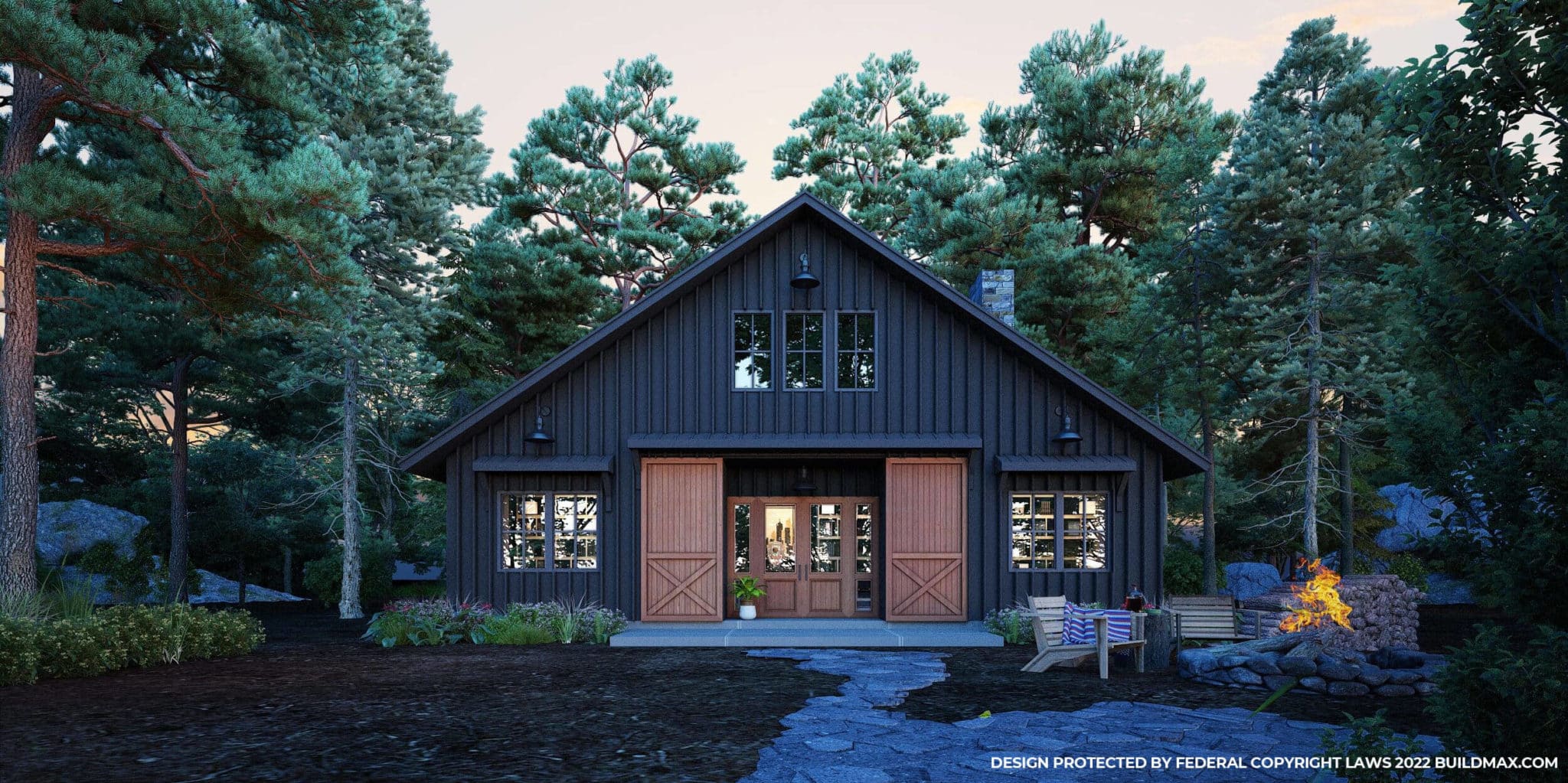Barndominiums Vs. Conventional Homes: a Thorough Comparison of Lifestyle and Performance
The choice between barndominiums and conventional homes includes numerous variables, including lifestyle preferences and useful requirements. Barndominiums are identified by their open layouts and versatility, commonly appealing to those who focus on common living and versatility.
Overview of Barndominiums
Barndominiums, a novel real estate pattern gaining popularity across various regions, mix the rustic appeal of barn-style style with the performance of contemporary living spaces. These unique structures generally contain a steel or timber framework, combining open flooring strategies and high ceilings with energy-efficient attributes. Commonly situated on expansive rural homes, barndominiums use house owners the possibility to delight in a peaceful way of life while offering ample space for various tasks.
The flexibility of barndominiums extends beyond their aesthetic appeal; they can offer as both living quarters and practical spaces for pastimes, workshops, or also local business. Their adaptive style enables simple personalization, suiting diverse household demands and preferences. Lots of proprietors value the reduced upkeep demands related to metal house siding and roofing, adding to lasting longevity.

Characteristics of Conventional Residences
Emphasizing timeless style and comfort, typical homes are characterized by their unique building designs, which often show historical impacts and local visual appeals. Typical functions consist of balanced exteriors, gabled roof coverings, and a focus on workmanship, causing a warm and inviting atmosphere.
Conventional homes commonly include components such as crown molding, wainscoting, and wood floor covering, boosting their timeless allure. They typically feature multiple rooms with defined purposes, advertising family members communication while enabling personal privacy. learn more. The layout typically includes formal living and dining areas, which contribute to amusing visitors and hosting household gatherings
Exterior products such as brick, wood, or rock are frequently utilized, adding to sturdiness and a feeling of permanence. Barndominium repair. In addition, numerous typical homes are designed with front decks or stoops, cultivating a sense of neighborhood and link with the neighborhood
Landscaping plays a considerable duty in traditional home style, with properly maintained yards and pathways that improve visual allure - learn more. Generally, traditional homes symbolize a feeling of nostalgia and stability, interesting those who value heritage and a much more organized living environment
Expense Contrast
Typically, an expense contrast in between barndominiums and traditional homes exposes substantial distinctions in construction costs and total financial investment. Barndominiums, frequently built from steel or steel structures, generally incur reduced product and labor prices than traditional homes constructed from timber and block. The simplified design of barndominiums can convert to minimized building times, further lowering labor expenses and speeding up tenancy.
Generally, the price per square foot for a barndominium varies from $100 to $150, while traditional homes can vary widely, generally falling between $150 and $300 per square foot, depending upon place, materials, and style complexity. This expense variation makes barndominiums an appealing choice for budget-conscious purchasers seeking larger home without compromising quality.
Furthermore, barndominiums might result in lasting cost savings via lower upkeep costs, energy performance, and insurance coverage prices. Their resilient building and construction products usually call for much less upkeep over time contrasted to typical homes. Nonetheless, it is necessary to think about that while initial prices might be lower for barndominiums, the final financial investment will likewise rely on individual personalization and wanted amenities, which can influence the general expenditure in both real estate types.
Lifestyle and Space Considerations
When thinking about way of living and room, barndominiums supply an unique flexibility that interest a range of house owners. These hybrid frameworks integrate property coping with useful room, usually including open flooring strategies that can be adjusted to match specific demands. This flexibility is especially helpful for households or individuals seeking a customized living atmosphere, permitting diverse usages such as office, workshops, or entertainment locations.

Additionally, the visual allure of barndominiums can accommodate both rustic and contemporary tastes, making them a versatile option for different layout choices (Barndominium builder). Inevitably, the selection between a barndominium and a standard home often rests on exactly how well each choice straightens with the house owner's way of life ambitions and spatial needs, highlighting the significance of considering individual top priorities in the decision-making process
Environmental Impact and Sustainability
The ecological effect and sustainability of barndominiums present compelling advantages contrasted to traditional homes. Largely built from steel and various other sturdy products, barndominiums are frequently built using recycled sources, minimizing the demand for new products and decreasing waste. Their style usually emphasizes open rooms, which can bring about reduced energy intake for heating & cooling contrasted to standard homes with more fractional designs.
Furthermore, barndominiums can incorporate sustainable features such as solar panels, rainwater harvesting systems, and advanced insulation methods, improving their power performance. The convenience of their layout permits property owners to integrate these innovations much more flawlessly than in numerous traditional homes, which might require substantial retrofitting.
Additionally, barndominiums usually need less resources for building and construction due to their easier, more effective designs. This not only decreases the carbon footprint connected with building however additionally contributes to a much more sustainable lifestyle. In contrast, typical homes might include higher degrees of power expenditure and resource use throughout their lifecycle, from building and construction to upkeep. In general, barndominiums represent a forward-thinking approach to lasting living, lining up with contemporary ecological concerns.
Final Thought
In recap, the option in between barndominiums and traditional homes hinges on individual lifestyle preferences and functional requirements. Barndominiums, with their open layouts and sustainable materials, cater to those looking for adaptability and public living.